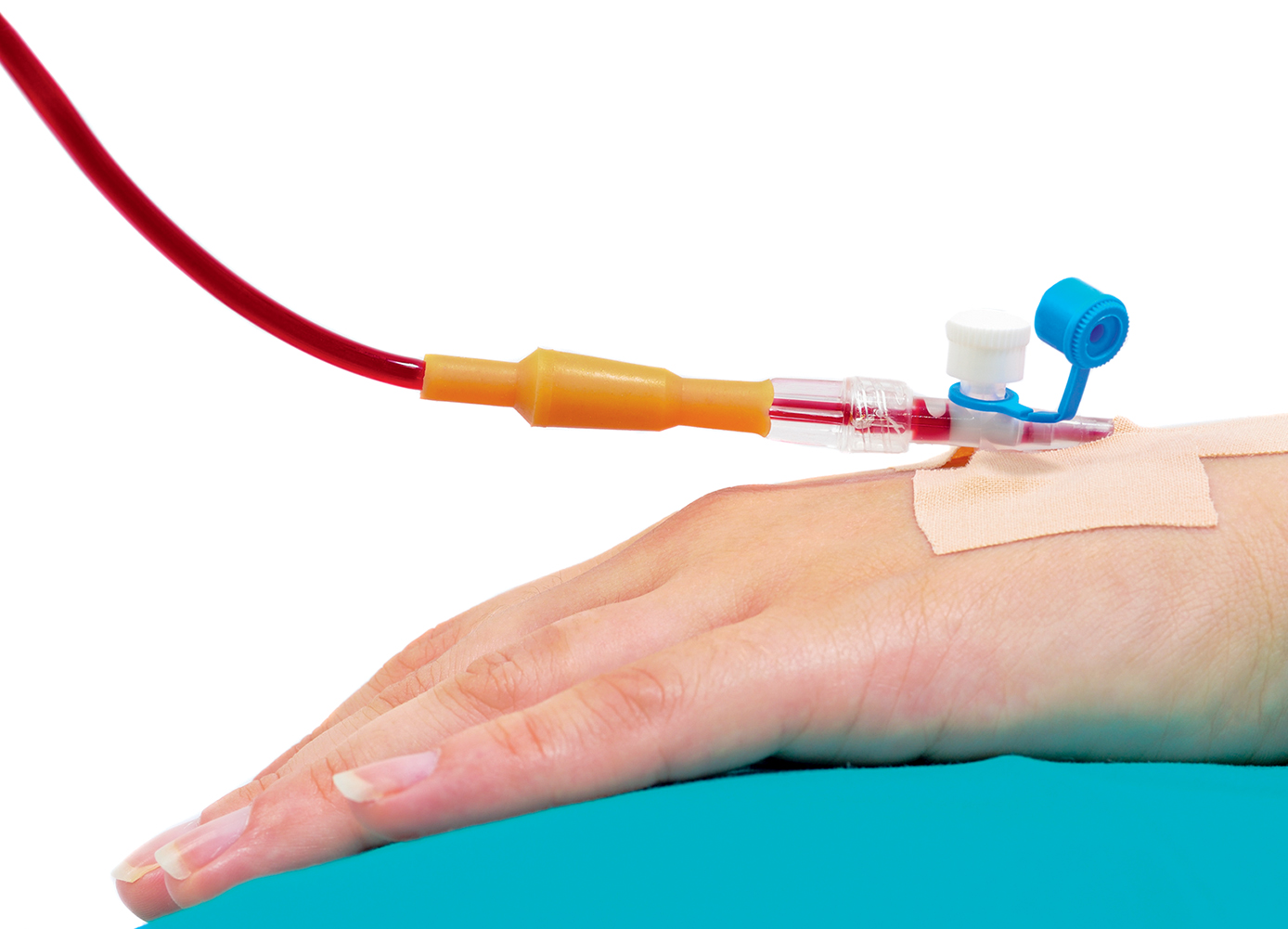A breakthrough in gene therapy holds out the promise of a treatment for some patients
By Caitlin Finlay
Using a pair of special goggles and a technique that makes the nerve cells of the eye more sensitive to light, a team of scientists has been able to help a patient in France make out a book on a table. The gene therapy involved could one day help patients with degenerative eye diseases get around more easily.
In a study published in May in the journal Nature Medicine, researchers reported on their work with a promising new therapy called optogenetics, with which they were able to partially restore the vision of a 58-year-old man who has been blind for decades.
The patient has an inherited disease called retinitis pigmentosa, which affects the light-sensing cells within the eye. Retinitis pigmentosa, which the US National Institutes of Health says affects as many as 1 in 4,000 people worldwide, leads to tunnel vision and eventually blindness in most patients. Genetic mutations cause the eye’s rods and cones—the photoreceptors—to malfunction or die off.
When the rods and cones in a healthy eye detect light, a signal is transmitted to the retinal ganglion, which in turn signals the brain. While retinitis pigmentosa damages the photoreceptors, the retinal ganglion often remains functional and able to transmit signals to the brain. Scientists have discovered a way to make the ganglion cells light sensitive by injecting a gene that then creates a light-sensitive protein called channelrhodopsin. This process allows light to be detected by the retinal ganglion directly, provided the patient is wearing specialized goggles. The goggles send pulses of amber light to trigger the ganglion cells to respond to the changes in light. The goggles effectively act as the eye’s rods and cones, turning the light into monochromatic images for the retina to detect.
While the patient in France didn’t immediately notice a difference in his vision after the injection, he suddenly reported months later being able to identify and count small objects, such as a notebook or cup, within a localized field of vision. The improvement in his vision lasted almost two years.
While this breakthrough is promising, the research is still in early stages and has been tested on only the one patient as part of an ongoing clinical trial.
Photo: iStock/Natali_Mis.






